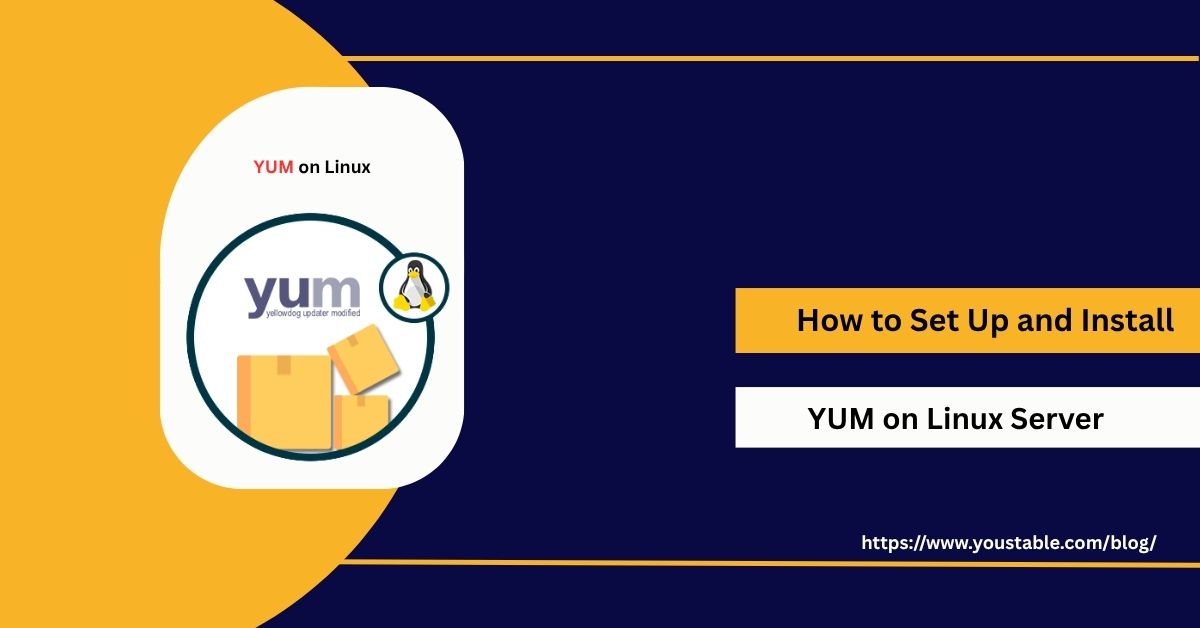Apache HTTP Server, commonly known as Apache, has long been the backbone of the internet, providing a reliable and efficient way to serve web content. It works on almost every operating system, including Linux, and supports a wide range of web technologies like PHP, SSL, and CGI. In this guide, we’ll walk you through the […]
In today’s fast-paced software development world, continuous integration (CI) and continuous deployment (CD) have become essential practices. If you’re looking to streamline your development and deployment process, learning how to install CI/CD on Linux can provide significant benefits. By automating the integration and delivery pipeline, CI/CD tools help teams deliver high-quality software faster and with […]
Git is an essential tool for developers and system administrators, enabling efficient version control and collaboration. It is a distributed version control system that helps you track changes in your code and manage your repositories. Installing Git on a Linux server allows you to manage and collaborate on projects, automate deployments, and maintain version control. […]
ZFS (Zettabyte File System) is one of the most powerful file systems available for Linux, offering unmatched features such as data integrity, high scalability, and efficient storage management. It’s a combined file system and logical volume manager that brings advanced storage features like snapshots, clones, compression, and deduplication to your Linux server. In this guide, […]
YUM (Yellowdog Updater, Modified) is a powerful package management tool that simplifies the process of installing, updating, and removing software on Linux systems. Primarily used in Red Hat-based distributions (such as CentOS, RHEL, Fedora, and Oracle Linux), YUM helps administrators manage software packages with ease. This guide will show you how to install YUM on […]
![How to Configure Apache on Linux Server [Step to Step Guide]](https://www.youstable.com/blog/wp-content/uploads/2025/07/How-to-Configure-Apache-on-Linux-Server.jpg)


![How to Install ZFS on a Linux Server [Complete Beginner’s Walkthrough]](https://www.youstable.com/blog/wp-content/uploads/2025/07/How-to-Install-ZFS-on-a-Linux-Server-Complete-Guide.jpg)
